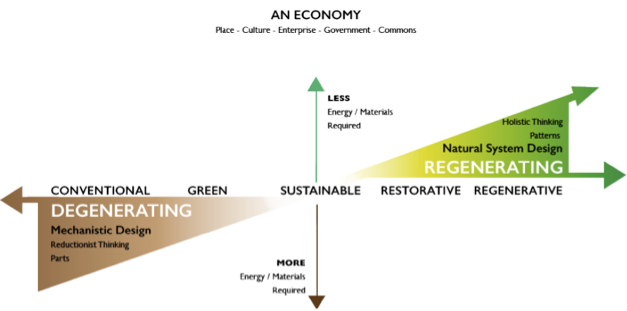I think the only way is to re engineer the landscape by planting shelter belts of trees to cut the weather exposure.ok hypothetical - without using trees - how would you have mobile dry bedding out on pasture? how would you provide it? and how would you move it?
Anything else is just going to use a huge amount of resources.
Or it’s called a......shed.




















